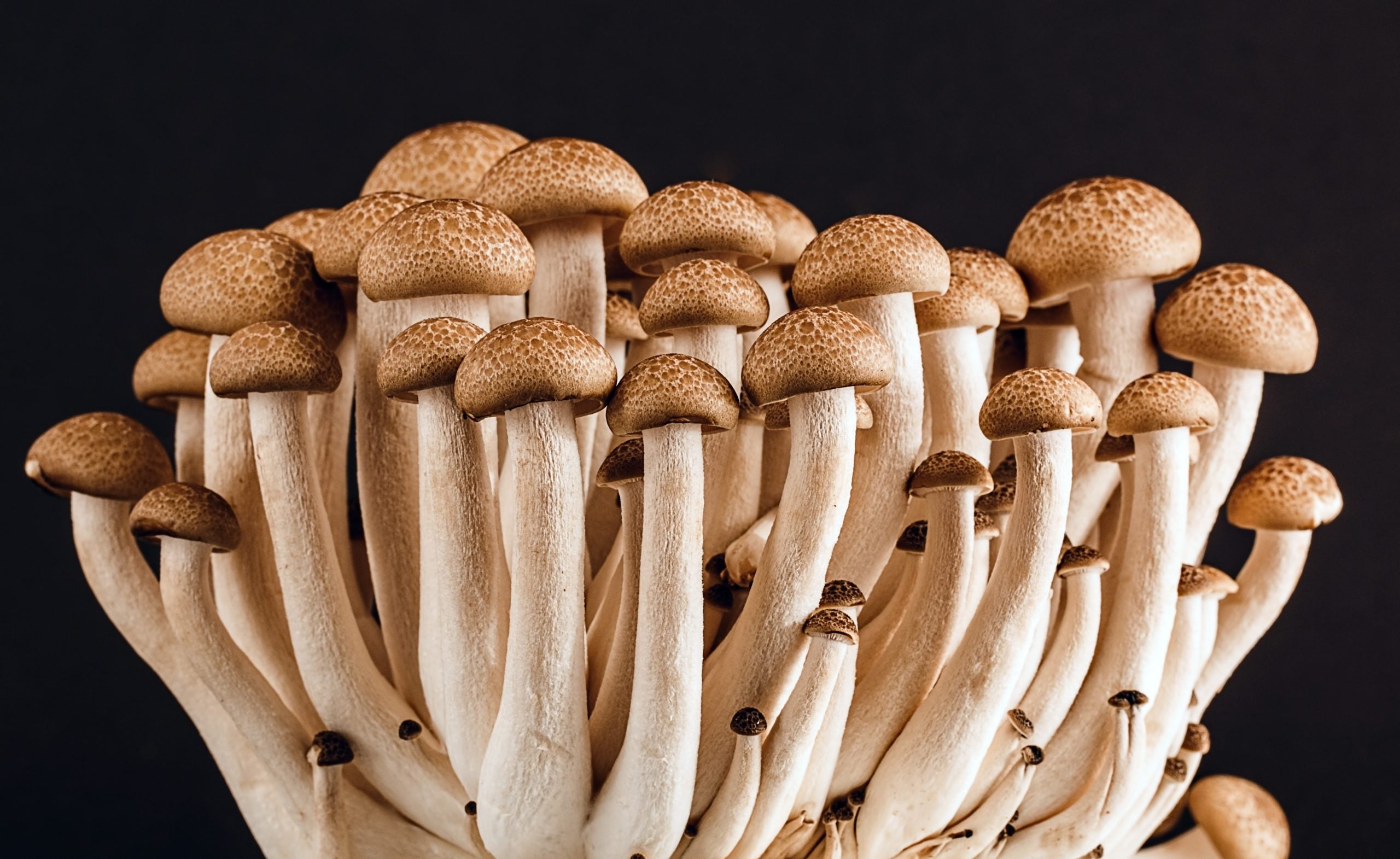When we assume of mushrooms and the southern Mexico state of Oaxaca, the initially issue which traditionally comes to thoughts is María Sabina, Huautla de Jiménez and hallucinogenic “magic” mushrooms. But gradually that is all changing as a outcome of the groundbreaking function of Josefina Jiménez and Johann Mathieu in mycology, by means of their business, Mico-lógica.
Primarily based in the village of Benito Juárez, located in Oaxaca’s Ixtlán district (much more generally known as the Sierra Norte, the state’s most important ecotourism region), Mico-lógica’s mission is threefold: to train both Mexicans and visitors to the country in the low-expense cultivation of a assortment of mushroom species to educate about the medicinal, nutritional and environmental (sustainable) value of mushrooms and to conduct ongoing analysis relating to optimum climatic regions and the diversity of substrata for mushroom culture.

The French-born Mathieu moved to Mexico, and in fact to Huautla de Jiménez, in 2005. “Yes, coming all the way to Mexico from France to pursue my interest in mushrooms appears like a lengthy way to travel,” Mathieu explained in a recent interview in Oaxaca. “But there seriously wasn’t much of an opportunity to conduct studies and develop a company in Western Europe,” he continues, “given that reverence for mushrooms had been all but totally eradicated by The Church more than the course of centuries and I discovered that Mexico still maintains a respect and appreciation for the medicinal and nutritional worth of hongos. Mexico is far from mycophobic.”
Huautla de Jiménez is a lot more than a five hour drive from the closest metropolitan center. Accordingly, Mathieu sooner or later realized that staying in Huautla, while holding an historic allure and becoming in a geographic area conducive to working with mushrooms, would hinder his efforts to develop a business and cultivate widespread interest in mastering about fungi. Mathieu became cognizant of the burgeoning reputation of Oaxaca’s ecotourism communities of the Sierra Norte, and certainly the Feria Regional de Hongos Silvestres (regional wild mushroom festival), held annually in Cuahimoloyas.
Mathieu met Josefina Jiménez at the summertime weekend mushroom event. Jiménez had moved to Oaxaca from hometown Mexico City in 2002. The two shared similar interests Jiménez had studied agronomy, and for close to a decade had been working with sustainable agriculture projects in rural farming communities in the Huasteca Potosina area of San Luis Potosí, the mountains of Guerrero and the coast of Chiapas. Mathieu and Jiménez became small business, and then life partners in Benito Juárez.
Mathieu and Jiménez are concentrating on 3 mushroom species in their hands-on seminars oyster (seta), shitake and reishi. Their one particular-day workshops are for oyster mushrooms, and two-day clinics for the latter two species of fungus. “With reishi, and to a lesser extent shitake, we’re also teaching a fair bit about the medicinal makes use of of mushrooms, so far more time is required,” says Mathieu, “and with oyster mushrooms it really is predominantly [but not exclusively] a course on cultivation.”
Even though training seminars are now only provided in Benito Juárez, Mathieu and Jiménez strategy to expand operations to consist of both the central valleys and coastal regions of Oaxaca. The object is to have a network of producers growing diverse mushrooms which are optimally suited for cultivation based on the distinct microclimate. There are about 70 sub-species of oyster mushrooms, and thus as a species, the adaptability of the oyster mushroom to distinctive climatic regions is outstanding. “The oyster can be grown in a multitude of different substrata, and that is what we’re experimenting with suitable now,” he elucidates. yoursite.com can thrive when grown on products which would otherwise be waste, such as discard from cultivating beans, sugar cane, agave (such as the fibrous waste developed in mezcal distillation), peas, the widespread river reed identified as carriso, sawdust, and the list goes on. Agricultural waste which may well otherwise be left to rot or be burned, every with adverse environmental implications, can type substrata for mushroom cultivation. It really should be noted, although trite, that mushroom cultivation is a highly sustainable, green sector. Over the previous many years Mexico has in fact been at the fore in a lot of places of sustainable business.
Mathieu exemplifies how mushrooms can serve an arguably even higher environmental superior:
“They can hold up to thirty thousand occasions their mass, getting implications for inhibiting erosion. They’ve been utilized to clean up oil spills via absorption and as a result are an crucial automobile for habitat restoration. Research has been completed with mushrooms in the battle against carpenter ant destruction it really is been suggested that the use of fungi has the possible to entirely revamp the pesticide sector in an environmentally friendly way. There are actually hundreds of other eco-friendly applications for mushroom use, and in each and every case the mushroom remains an edible by-product. Take a appear at the Paul Stamets YouTube lecture, 6 Approaches Mushrooms Can Save The World.”
Mathieu and Jiménez can generally be identified selling their products on weekends in the organic markets in Oaxaca. They are each a lot more than satisfied to go over the nutritional worth of their items which range from naturally their fresh mushrooms, but also as preserves, marinated with either chipotle and nopal or jalapeño and cauliflower. The mushroom’s vitamin B12 can not be located in fruits or vegetables, and accordingly a eating plan which incorporates fungi is extremely significant for vegetarians who can not get B12, most usually contained in meats. Mushrooms can effortlessly be a substitute for meats, with the advantage that they are not loaded with antibiotics and hormones usually identified in industrially processed meat solutions.